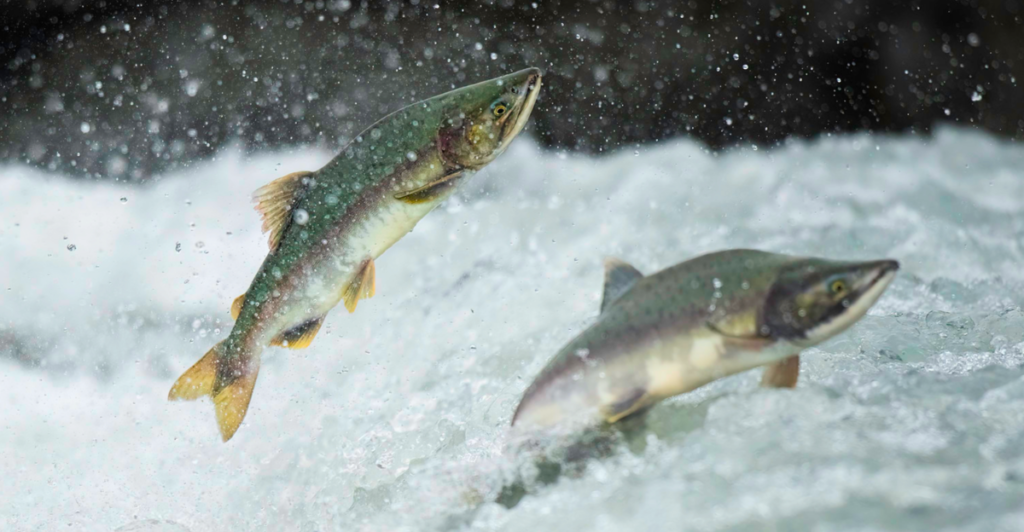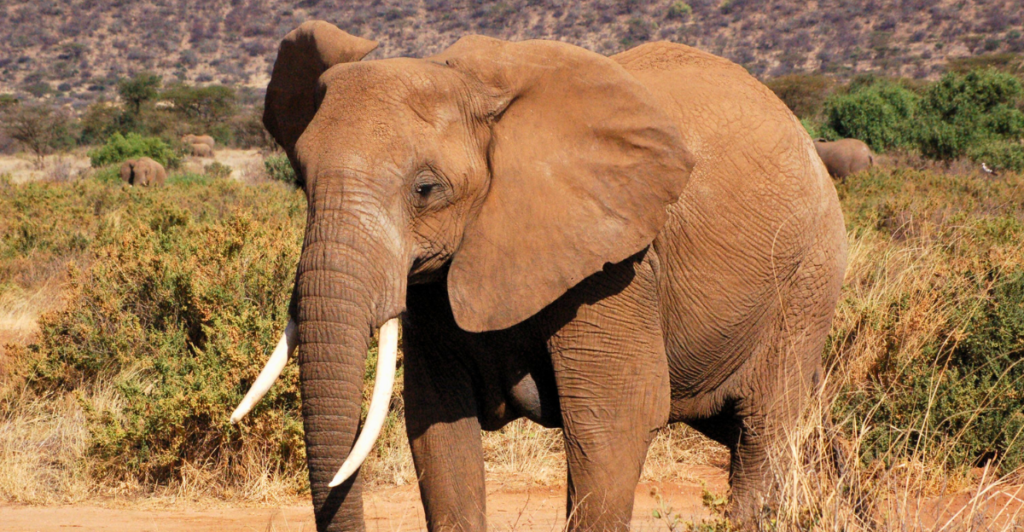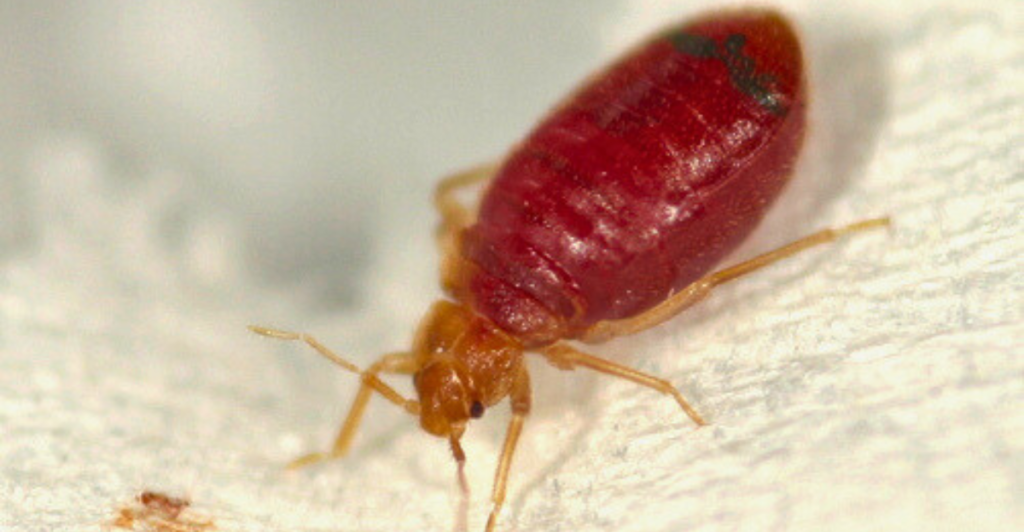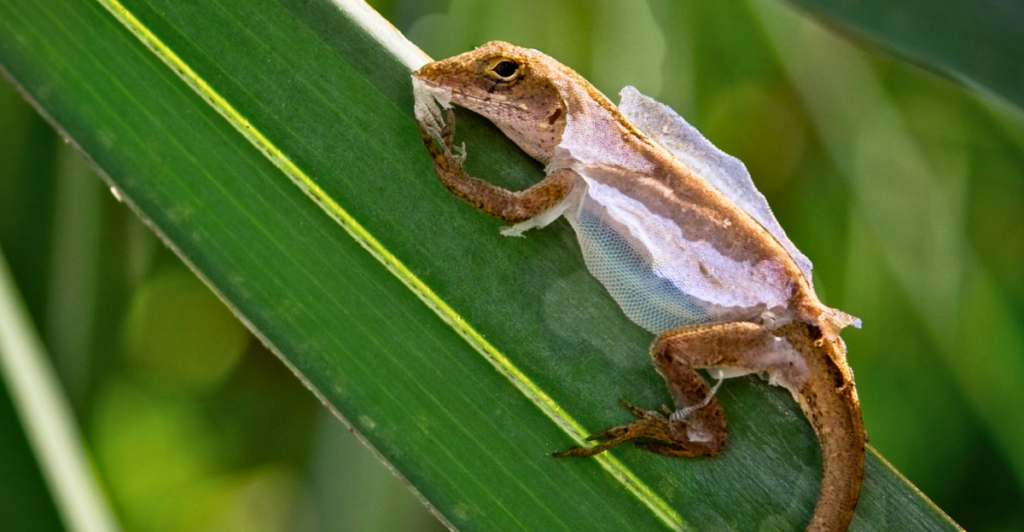
As human activities continue to reshape the natural world, many species have been forced to adapt in order to survive. From climate change and urbanization to pollution and overhunting, these pressures have sparked remarkable evolutionary responses. These are the top 10 species that humans have pushed to evolve for survival.
1. Pink Salmon

Climate change and habitat disruptions caused by human activity have prompted pink salmon to adjust their spawning times. Rising water temperatures and altered river flows have driven these fish to spawn earlier in the season, ensuring the survival of their offspring before harsher conditions set in. This phenomenon is a notable example of how species adjust to changing environmental conditions.
2. Elephants

Elephants are the largest land animals alive today, yet their size offers little protection against poaching, particularly for their valuable ivory tusks. Over the years, elephant populations have significantly declined in the wild due to poaching and habitat loss. In response to this threat, some elephants have started to evolve without tusks. Elephants without tusks are less likely to be targeted by poachers, and this genetic shift may help improve their chances of survival in the face of ongoing poaching pressures.
3. Bedbugs

Bedbugs have developed resistance to various insecticides due to the widespread and repeated use of pesticides in attempts to control their populations. Over time, genetic mutations have enabled them to survive exposure to these chemicals, making traditional extermination efforts increasingly ineffective. As a result, researchers are exploring new methods and strategies to control bedbug infestations.
4. Tibetan Snow Lotus

Overharvesting has led some plant species to evolve shorter stalks, a phenomenon known as “human-induced dwarfing.” This adaptation helps the plants avoid being picked by foragers, as shorter plants are less noticeable or accessible. In environments under significant human pressure, such as excessive harvesting or grazing, this evolutionary response can enhance survival. However, while this adaptation has been observed in some species, its prevalence across different plants is still under scientific investigation.
5. Crested Anole

Urbanization has driven crested anoles to adapt to higher temperatures caused by the “urban heat island” effect, where cities trap more heat than rural areas due to man-made surfaces like buildings and roads. As a result, these lizards have developed increased heat tolerance and may exhibit changes in behavior, such as spending more time in shaded areas, as well as physiological adjustments to cope with the urban heat and other stressors.
6. Atlantic Tomcod

Humans have a long history of polluting natural waterways, from oceans to rivers to lakes, with the Hudson River standing out as one of the most polluted and heavily trafficked waterways in the world. In response to this pollution, especially the toxic effects of PCBs, chemicals once used in electrical insulators, the Atlantic tomcod, a small bottom-feeding fish,
has developed a gene that renders it immune to the toxic effects of PCBs.
7. Urban Foxes

Urban foxes have adapted to city life both behaviorally and dietarily. They have become more nocturnal to avoid daytime human activity, reducing encounters with people. Additionally, they have become opportunistic feeders, taking advantage of human food waste, pet food, and other readily available resources in cities, which differ from their rural diets.
8. Fireflies

Artificial light pollution disrupts the mating behaviors of fireflies, particularly their synchronized flashing patterns used for attracting mates. These lights can overwhelm the fireflies’ signals, making communication difficult. While there is evidence that fireflies may adjust their mating timing to avoid artificial lights, the extent of these adaptations is still under investigation.
9. Sticklebacks

Studies have shown that Sticklebacks, especially in contaminated environments, have developed genetic adaptations to tolerate pollutants like mercury. This reflects their ability to undergo rapid evolutionary changes in response to human-induced environmental pressures. However, not all populations have evolved this tolerance, and the speed and nature of these adaptations can vary. In some cases, behavioral changes rather than genetic evolution may contribute to the observed tolerance.
10. Common Mynas

In response to increased human activity and trapping efforts in Australia, common mynas have shown notable behavioral adaptations. These birds, typically found in urban areas, have become more cautious, less active, and more likely to seek safer refuges, all to reduce their exposure to traps. Additionally, they have heightened their responsiveness to distress calls from other birds, which helps them avoid predators or humans setting traps.
11. Honorable Mention: Rats

Efforts to control urban rat populations have been ongoing for years, employing methods like traps and poisons with mixed results. However, over time, rats have evolved genetic resistance to certain poisons, making traditional extermination efforts less effective. Known for their intelligence, memory, and problem-solving abilities, rats have also demonstrated an impressive capacity to learn from past experiences, allowing them to avoid traps that have previously caused them harm.
12. Honorable Mention: Darwin’s Finches

Changes in food availability due to human agriculture have led Darwin’s finches on the Galápagos Islands to adapt their beak sizes and shapes over generations. This allows them to exploit new food sources more effectively.
Source:
Top 10 Species Humans Have Forced To Evolve To Survive
Disclaimer: This article was written with the assistance of AI and was edited/fact-checked by a human.
Stay connected with us for more stories like this! Follow us to get the latest updates or hit the Follow button at the top of this article, and let us know what you think by leaving your feedback below. We’d love to hear from you!







